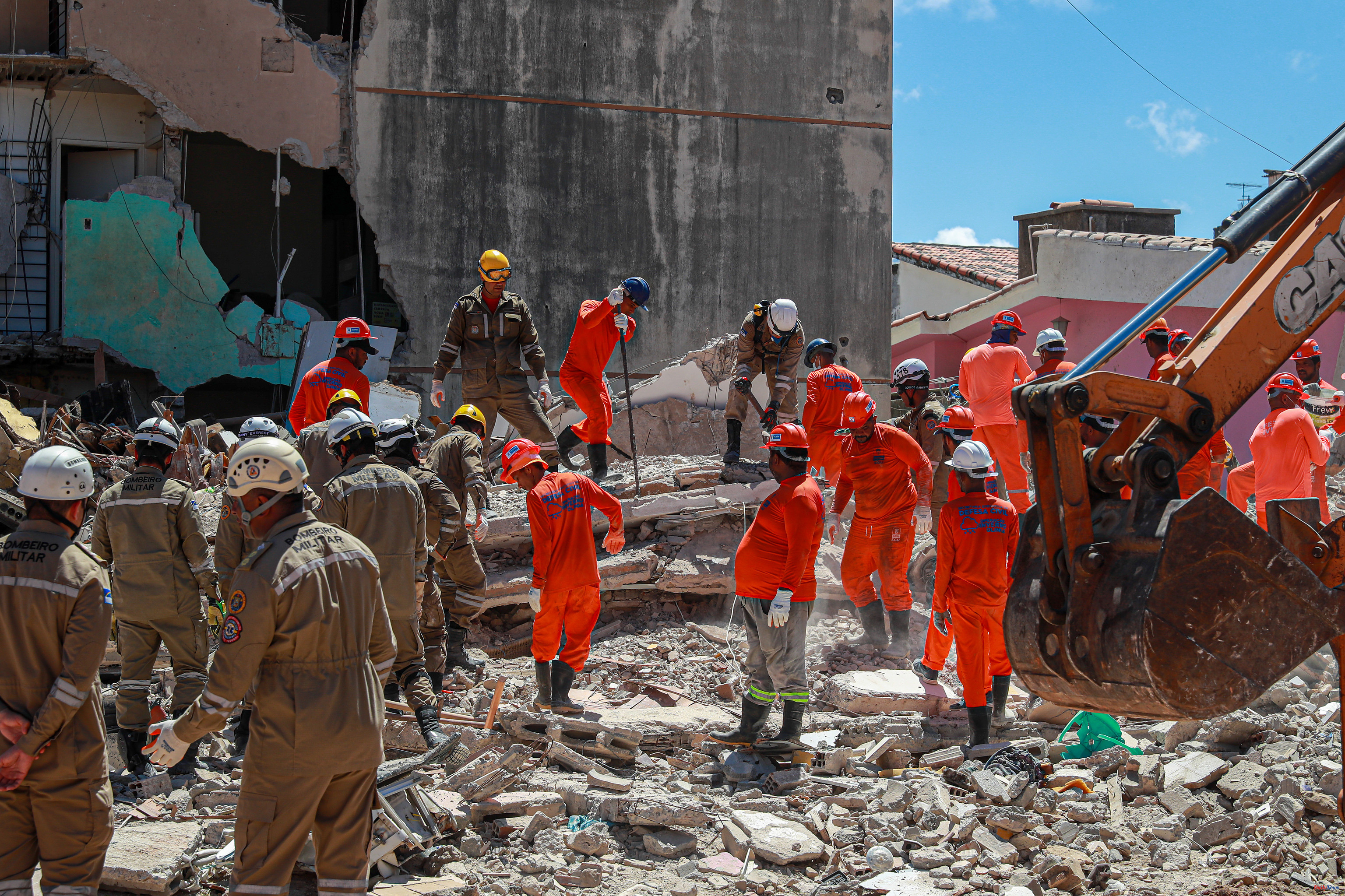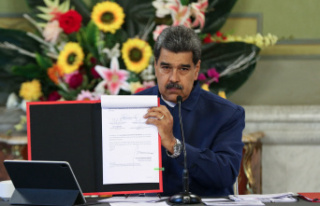At least five people have died and another remains trapped under rubble or missing after a residential building collapsed in the northeastern Brazilian city of Olinda, firefighters said.
The five deceased are two women, a man, a 16-year-old girl and a 13-year-old boy. Five other people who were rescued were injured, including two women with serious injuries.
Firefighters confirmed at the beginning of the night that, after several hours of searching, they located the bodies of a 32-year-old woman and her 16-year-old daughter trapped under the rubble, bringing the number of victims to five.
They also reported that the searches continue for a 60-year-old woman who was declared missing, although it is unknown whether or not she was inside the building at the time of its collapse.
A hundred firefighters and members of rescue teams from other public bodies have been involved in the search work.
The collapse occurred on Thursday night in the Leme building, a three-story building in the humble Jardim Atlântico neighborhood, which had an eviction order since 2000 due to the risk of collapse.
Four of the injured, including the two seriously injured women, were taken to hospitals in the cities of Paulista and Recife, the regional capital of Pernambuco, neighboring Olinda.
The fifth injured, a 53-year-old man, was pulled from the rubble with minor injuries hours after the collapse occurred.
Members of the Fire Department and Civil Defense participate in the search for the disappeared, with the support of rescue dogs, and also with the assistance of technicians from the National Telecommunications Agency (Anatel), who use equipment to detect the signal of cellphones.
According to the criteria of The Trust Project












